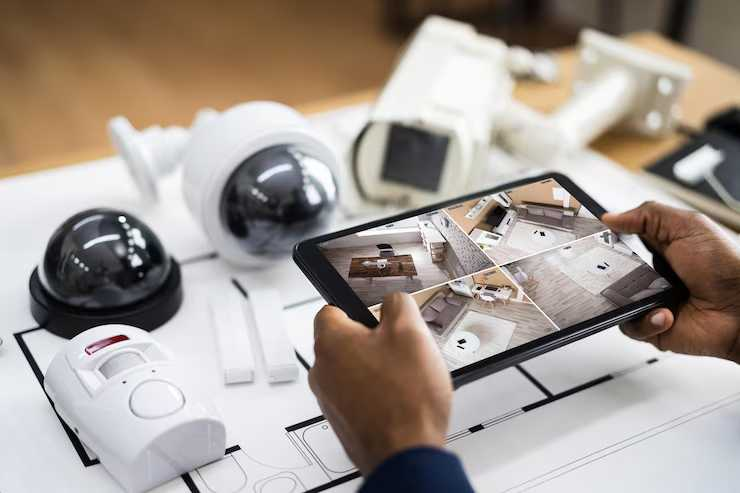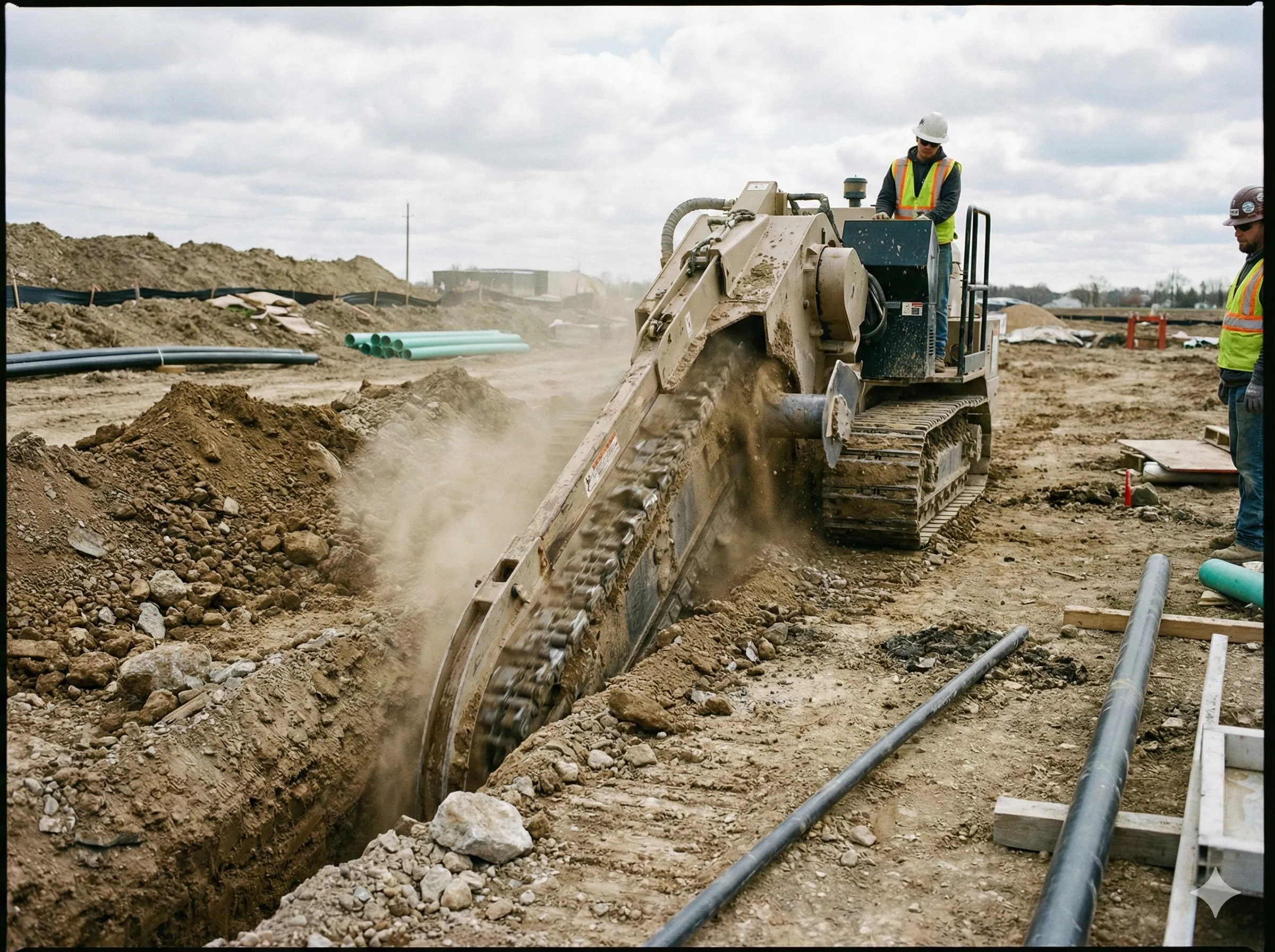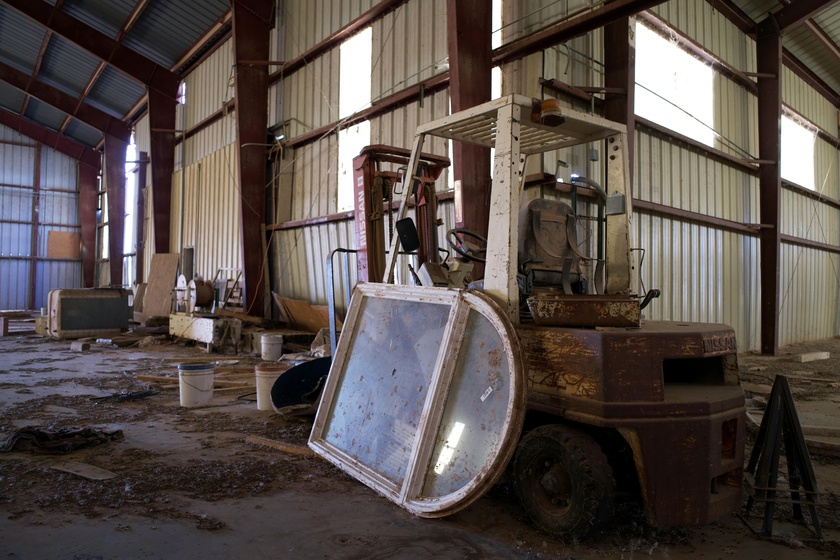Every business is unique. A car dealership isn’t the same as a hardware store—one stores vehicles outdoors, while the other has tools displayed on shelves. Because of these differences, security needs vary. Business security cameras should be chosen based on the specific layout and protection requirements of your business. With so many camera options available today, selecting the right one can help secure both people and property. Here are a few practical tips to keep in mind when choosing and installing business security cameras.
Selecting the Right Camera Type for Optimal Security
Start by understanding what each camera is designed to do:
Bullet cameras are ideal for capturing long-range footage.
Dome or panoramic cameras offer a wide viewing angle.
PTZ cameras (Pan-Tilt-Zoom) can rotate, tilt, and zoom to cover large areas.
No matter which you choose, always prioritize high resolution for crisp images that help identify faces, license plates, or small details.
Also, since many security issues happen after dark, make sure your system includes night vision or thermal features—these are critical for seeing clearly in low-light environments or detecting heat signatures.
Choose a System That Can Expand as Your Needs Grow
When planning to install business security cameras, consider scalability. Will the system allow you to add more cameras in the future? Can new models integrate with the current setup? Choosing a system that supports expansion saves money and time down the road, especially during peak sales or if your store expands.
Effortless Installation and Flexible Movement
Some cameras require extensive wiring and can be time-consuming to install, which might interrupt customer activity. In places like parking lots or remote areas without easy access to power or internet, opt for mobile security units. These wireless systems are quick to install, easily movable, and often use cellular networks, removing the need for Wi-Fi.
Stay Informed with Smart Detection Alerts
Today’s business security cameras offer much more than passive recording. Many come equipped with motion, sound, or human detection that sends real-time alerts. This kind of smart detection enables quicker responses and can help prevent incidents before they escalate.
Cameras Should Be Visible and Easily Noticed
Cameras serve as a deterrent as well as a security tool. Visible systems reduce the chances of theft or vandalism. Place cameras where they’re noticeable. Big camera poles and flashing lights on mobile security units send a clear message: “This area is under surveillance.”
Effortless and Safe Video Archiving
Once you’ve installed your business security cameras, decide where your footage will be stored. You typically have two options:
Cloud storage: lets you access and share footage from anywhere.
Local storage: doesn’t rely on the internet and offers more protection against hacking.
Some systems offer both storage types, providing flexibility and a reliable backup solution.
Final Thoughts
Planning is essential when installing business security cameras. It ensures your store is well-covered and protected over the long term. When you install business security cameras that match your needs and space, your store becomes more secure, smarter, and better equipped for the future. Have questions or thoughts? Drop them in the comments below!


















